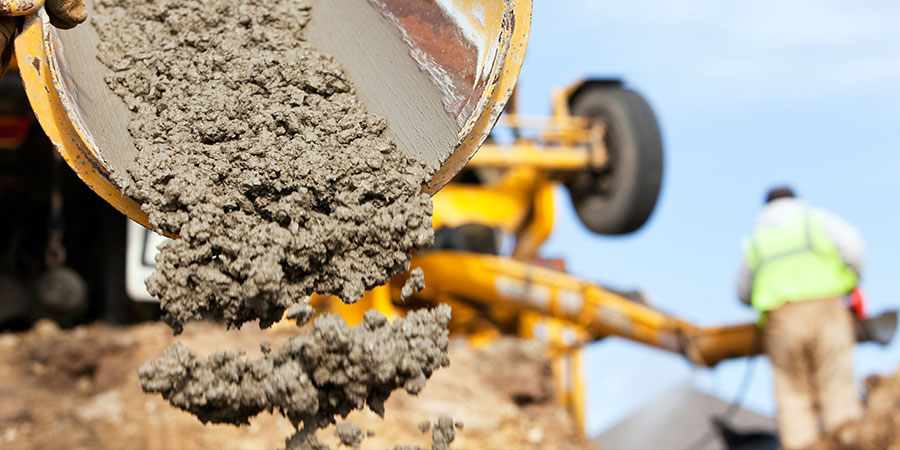Reducing your carbon footprint with admixtures

Cement is the world’s most prevalent man made material, with approximately 0.56 tons produced annually for every person on earth. It binds concrete, which is used to construct much of the built environment – including homes, schools, offices, roads, runways, tunnels and bridges. Nearly 5% of global emissions come from cement production – making the industry among the largest contributors to climate change. Of the cement industry’s emissions:
- Approximately 50% can be attributed to the calcification process itself.
- 40% can be attributed to fuel used in heating the kiln.
- The remaining 10% can be attributed to grinding and transport.
Learn more about CONCERA™ admixtures for control flow concrete
Concrete admixtures
Concrete admixtures can reduce the amount of cement needed to achieve a given strength specification. Admixtures are formulated chemicals, often in liquid form, added to concrete at very low quantities, either during the batching or mixing process. Their primary function is to improve the properties of concrete, in its plastic and/or hardened states.
- Water reducers and superplasticisers are the most popular type of admixtures. They disperse the cement particles more evenly, leading to an increase in the flowability of the concrete and an improvement in its workability during placement. With these qualities, less water is needed, resulting in concrete with a lower porosity and therefore a higher load-carrying capacity per unit of cement used. For a given strength requirement, less cement is needed, reducing the carbon footprint of the concrete. Modern superplasticisers can enable water reductions of up to 40% and binder (cement) substitutions of up to 50%, without strength loss.
- Air entraining agents, which are required by building codes in many freeze-thaw regions, trap small air bubbles in the concrete to provide pressure relief when water within the capillary pores expands during freezing, extending the service life of the concrete. These air bubbles also have a lubricating effect, improving the workability of the concrete, which can lead to an additional 2-5% reduction in water content. For mortar applications, which comprise about a third of global cement use, air entrainment can allow a reduction in cement content without loss of workability. In developing markets, where mortar applications are common, this can significantly reduce the carbon footprint of the industry.
- Accelerators catalyse the hydration of cement, speeding up set times. This allows greater integration of supplementary cementitious materials, such as slag or fly ash, by offsetting the negative effect supplementary cementitious materials have on early strength development. For every ton of clinker that is replaced by slag or fly ash, embedded CO2 decreases by 0.862 ton.
- Durability enhancers, such as corrosion inhibitors or synthetic macro fibers, can extend the lifecycle of a concrete structure. Durable structures tend to be safer, more cost efficient over time, and more environmentally friendly, because they reduce environmental impacts related to repair and replacement.
Tags
- CONCERA™
- Cement production
- Concrete
- Concrete admixtures
- Structural Solutions